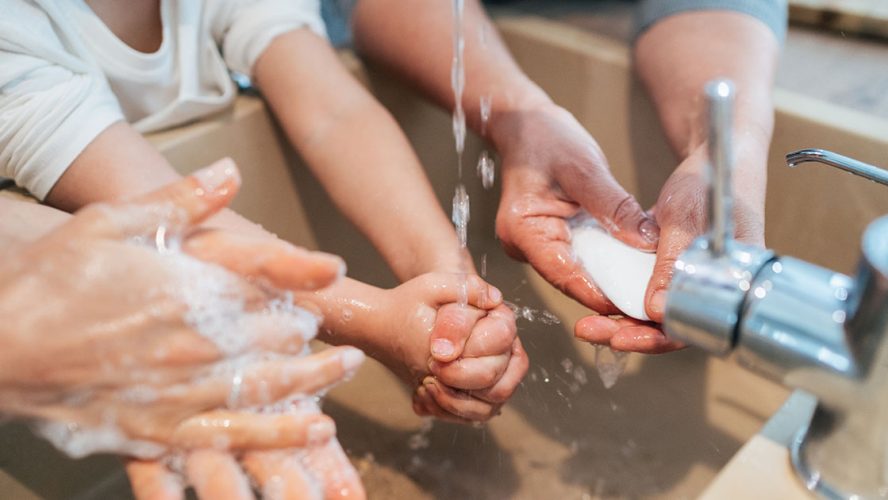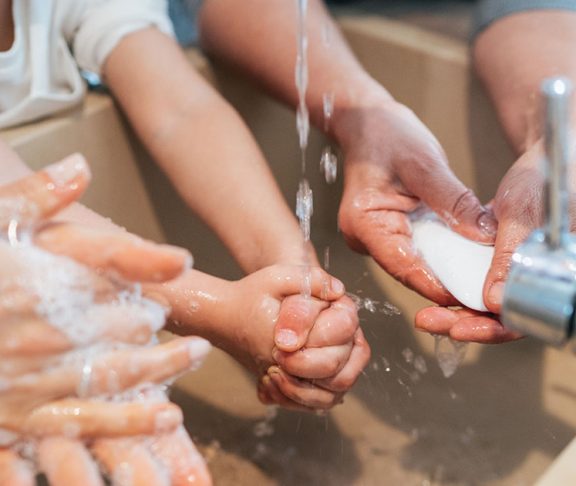Cleaning your hands is the best way to stop the spread of infections. We often hear this, but does cleaning your hands really have an impact?
The Centers for Disease Control and Prevention (CDC) estimates that hand washing with soap could protect about one out of every three young children who get sick with diarrhea and almost one out of five young children with respiratory infections like pneumonia. The BC Centre for Disease Control estimates that 80% of common infections are spread by hands.
There’s further evidence to suggest that teaching people about hand washing can help people and communities stay healthy by reducing the number of people who get sick. Ontario’s Provincial Infectious Diseases Advisory Committee (PIDAC) also references several studies in health care settings that demonstrate the impact of hand hygiene in reducing the spread of germs that cause infections.
With this in mind, think about all the activities you do each day that bring you into contact with germs: going to the washroom, handling food, touching pets, and picking up a coffee. You may have touched food, a telephone, a doorknob, or money. There are so many ways you can pick up and pass along germs that can make you and others sick — and clean hands have never mattered more.
Key tips to follow
So, what’s hand hygiene and how do we do it? “Hand hygiene” is a general term referring to the action of cleaning and caring for your hands. There are two ways to perform hand hygiene: with soap and water or with hand sanitizer.
Hand washing with soap and running water must be performed when hands are visibly dirty — for example, sneezing into your hand. With this approach, the action of washing, rinsing, and drying removes most bacteria.
The use of hand sanitizer is preferred when hands aren’t visibly dirty, such as after touching the door at the grocery store. With this approach, the rubbing action is important (for 15–30 seconds) to kill bacteria. It’s also important to use a hand sanitizer that contains at least 60% alcohol; in health care settings, 70%–90% is recommended.
Playing your part in prevention
We all have a part to play in preventing germs from spreading. According to the CDC, the estimated global rates of hand washing after using the toilet are only 19%, and although people around the world clean their hands with water, very few use soap at the same time. Think about the key times you should clean your hands, such as before and after eating, after using the washroom, after sneezing or coughing.
There are also specific moments when health care workers are educated to clean their hands: after touching objects in a patient’s room, before going to another room, before and after providing care, before and after procedures such as giving a needle, and after contact with body fluids such as blood or urine.
So, whether you’re a patient, visitor, provider, work in a health care setting, or are simply a member of the general public — keep these tips in mind to prevent the spread of infection.
Clean Care Saves Lives:
How to Wash Your Hands with Soap and Water
Infectious diseases are commonly spread through a direct transfer of bacteria, viruses, or other germs from one person to another. Clean hands have never mattered more — whether you’re a patient, visitor, provider, work in a health care setting, or are simply a member of the general public, they’re one of the best ways to prevent the spread of infection.
Courtesy of Infection Prevention and Control Canada (IPAC Canada), here are the best practices for washing your hands with soap and water.
For 15–30 seconds:
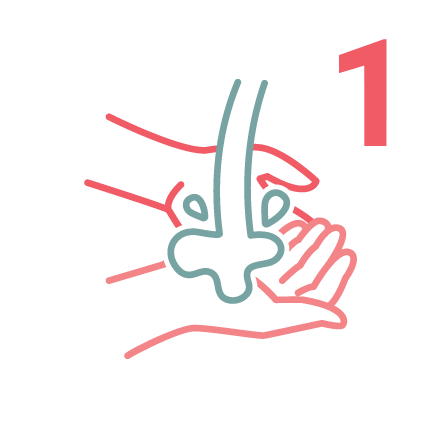
Wet hands with warm water
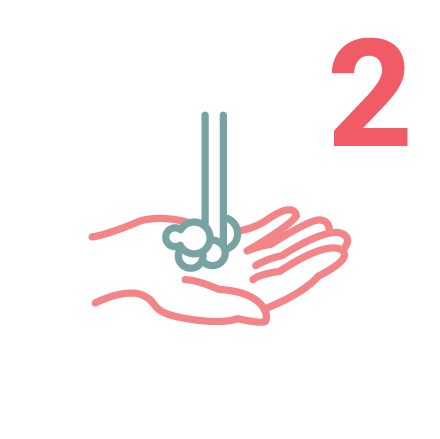
Apply enough soap to cover entire surface of hands
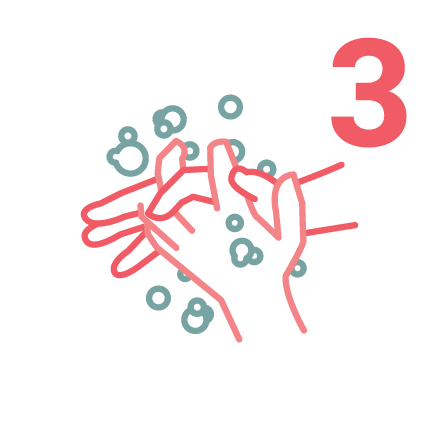
Vigorously rub soap palm to palm
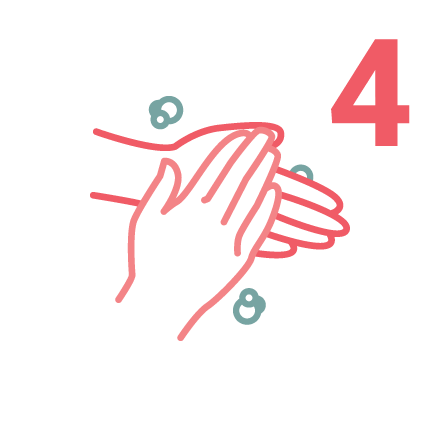
Wash back of each hand with palm of other hand
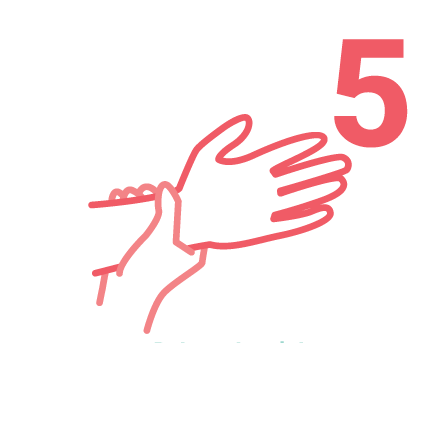
Clean wrists
Don’t forget:
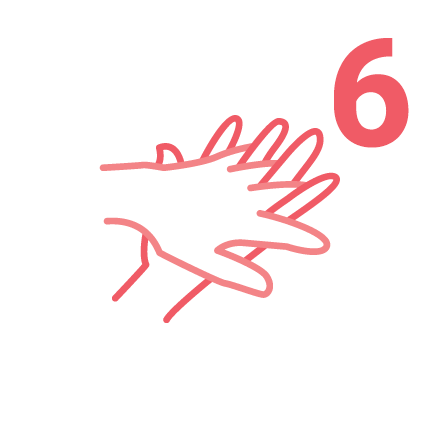
The spaces between fingers
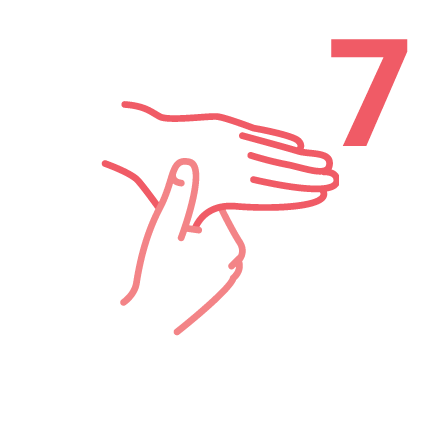
Thumbs
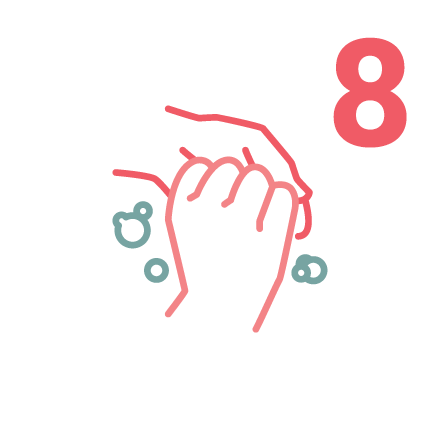
Fingertips
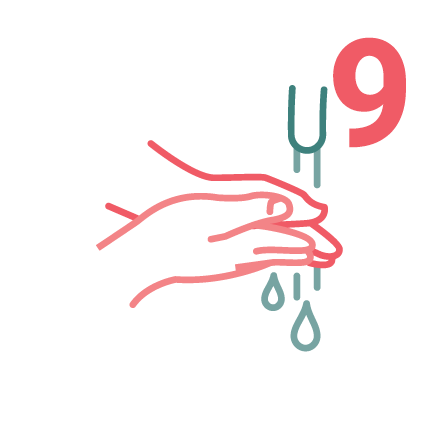
Rinse all aspects of hands under running water
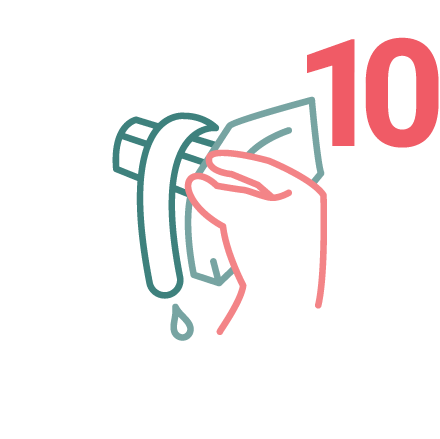
Pat hands dry with disposable paper towel, then turn off faucet
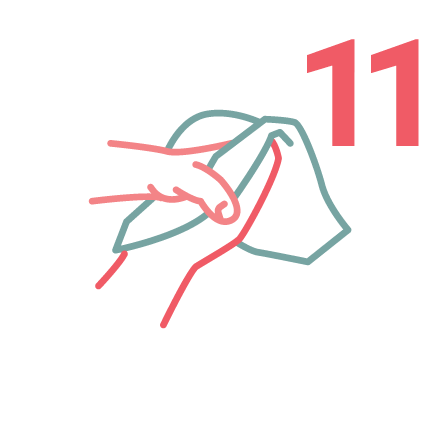
Dispose of paper towel in waste basket
Mandy Deeves, BScN RN MPH CIC, is a former Director of Infection Prevention and Control Canada.
